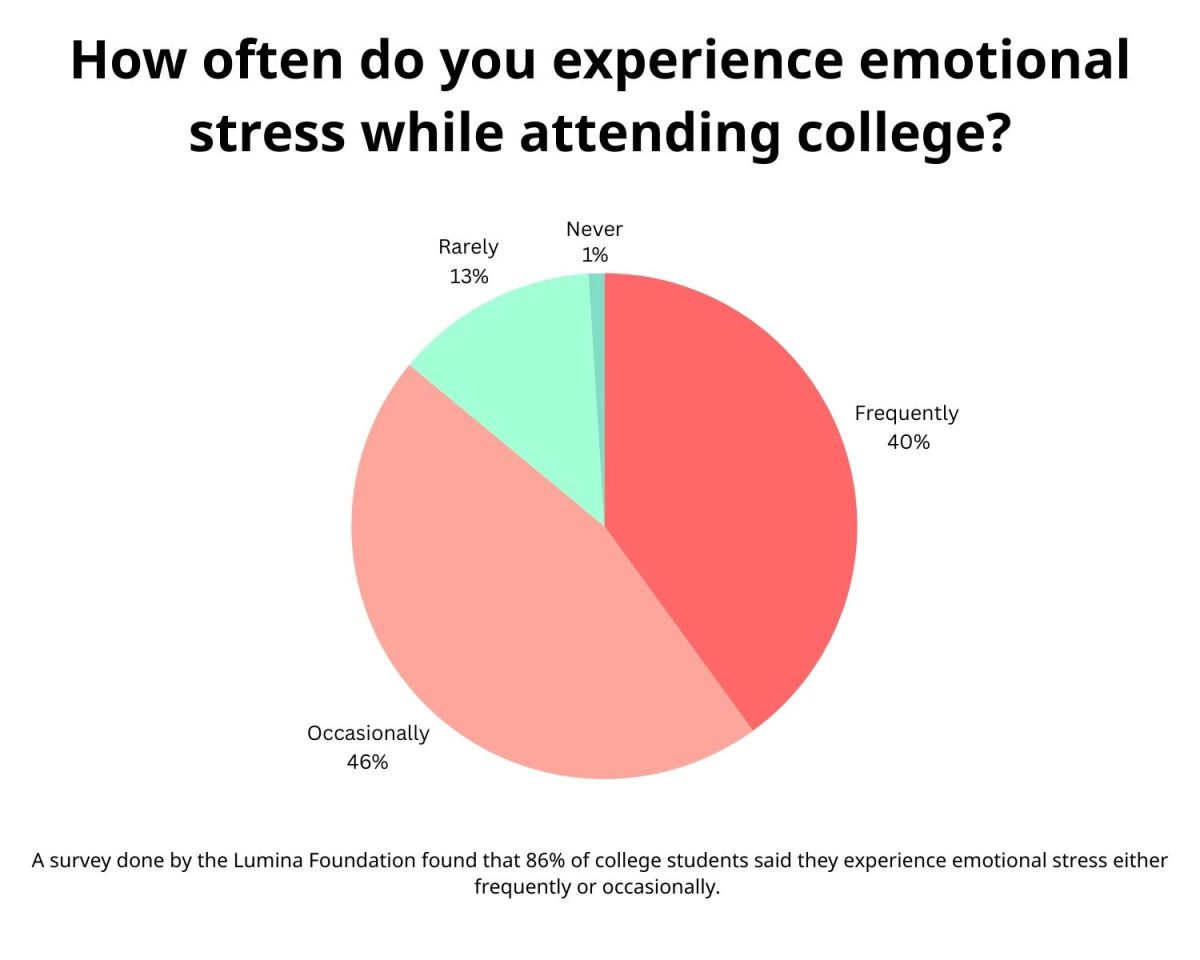Last semester I introduced the present danger of orbiting the Sun. There are many asteroids and comets out there, and every so often one of them smacks into our planet. Just on Earth itself, several hundred million years ago, the Chicxulub impact crater around the Yucatan Peninsula was formed by a collision that is thought to be responsible for the mass extinction that wiped out the dinosaurs and paved the way for mammalian supremacy.
We do not want to be the next victims of periodic spontaneous cosmic destruction, so we should probably look for some ways of protecting ourselves. I would like to summarize some of the better options for protecting the human race from extinction by asteroid impact or any other cataclysmic event, man-made or natural.
Let’s say there is an all-out nuclear war or we notice too late that there is a huge asteroid hurtling directly at us. We would naturally want to go underground and try to outlast either the radioactive fallout or wait until the environment balanced back out to a habitable level. There already exist several government bunkers that were built in the 50s and are able to accept a large influx of government personnel.
One underground apocalyptic-shelter is the Mount Cheyenne Nuclear Bunker that is the backup headquarters for much of the North American Aerospace Defense Command, the USA-Canadian collaboration responsible for all nuclear war defenses according to a 2010 Washington Post article. There is another, more important shelter in Pennsylvania where, according to a New York Times article from 2000, “inside Raven Rock, as the otherwise unremarkable little mountain is called, lies a vast underground complex that was meant to replace the Pentagon.” Ever since the end of the Cold War, the site has been downscaling and it has been compromised as the power of nuclear weapons has continued to increase, but in a pinch this bunker will serve as a mostly safe underground seat of government for the United States.
Barring nuclear war and if astronomers give us enough heads up about any oncoming asteroids or comets, we have several options at our disposal for dodging any bulls-eyes that might be aimed at us. Obviously we could just nuke the thing into little bits, but consider whether you want a bunch of tiny radioactive rocks landing all over the Earth. In the end, Bill Nye (Science Guy and Planetary Society Director) says nuking the thing could make an even worse mess, “Momentum is conserved, if you blow it up, then the whole giant spray of rocks is coming at the Earth instead of one.”
Surprisingly, you do not have to destroy an asteroid to protect from an impact, you can also just deflect its orbit a little to assure that you will indeed miss being smashed. So far, the best of many possible techniques would be to get a very powerful laser pointed at the asteroid so that a portion of it is melted and flies off the side of the rock at high speeds, effectively acting like a volcanic rocket engine. We have lasers that were developed for nuclear fusion research and spaceships that have been used to rendezvous with asteroids and comets already, all we need now is a target and we could easily get a chance to use laser-powered asteroid deflection.
An even less intuitive solution is just sending spaceships out to tag along with the asteroid for a while. According to a Space.com article, “the spacecraft’s modest gravity would exert a tug on the asteroid as the two cruise through space together. Over months or years, this ‘gravity tractor’ method would pull the asteroid into a different, more benign orbit.” There are many methods of deflection and the scientific literature on the subject is surprisingly rich, but even so, funding could dry up at any time. This issue is one of the most important problems that astronomers and engineers face currently, but it does not seem to be taken seriously enough.
I assure you, it will become infinitely important when the next killer asteroid comes into our path. We have astronomers constantly on the lookout for Near Earth Objects and we have physicists and engineers on the problem of deflecting asteroids, but even with all this effort it could simply not be enough and we might be caught off guard. Since we do not have any back up space colonies on Mars or the Moon, we could be wiped out the same way the dinosaurs were 65 million years ago. Do not take our peaceful existence on this lonesome planet for granted, we are just a speck floating through the shooting gallery of space and we have the scars to show for it.
Categories:
Asteroids could destroy Earth faster than we think
Cameron Clarke
•
January 10, 2013
0
Donate to The Reflector
Your donation will support the student journalists of Mississippi State University. Your contribution will allow us to purchase equipment and cover our annual website hosting costs.
More to Discover





